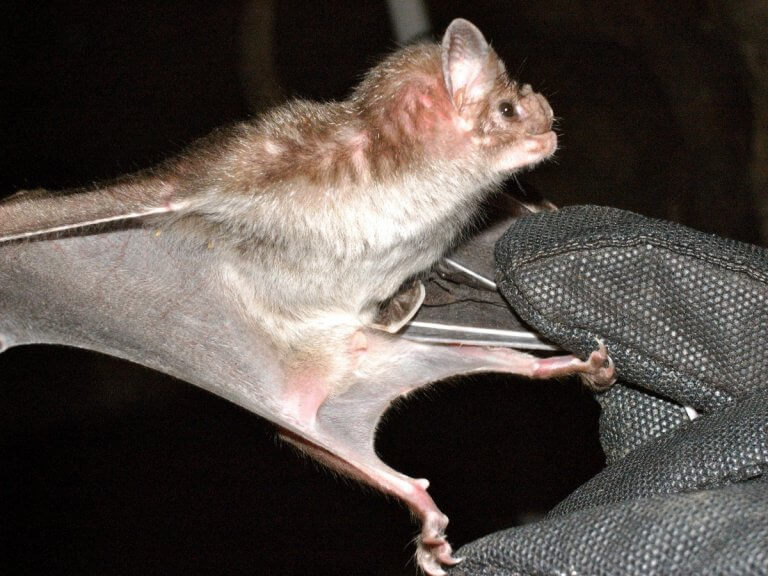
They’re often feared for their gruesome diet and ghoulish name, but the maligned vampire bat could help revolutionise certain medical treatments.
An international research team led by The University of Queensland (UQ) in Brisbane, Australia, has found a new class of blood pressure-regulating peptides in the venom of the common vampire bat (Diphylla ecaudata), with promisingly unique behavioural capabilities.
Previous studies have shown vampire bat venom to contain anticoagulant toxins that prevent clotting and allow a steady blood flow from their prey. These toxins, DSPA and Draculin, have helped improve treatment in stroke victims, but little was known about the remaining venom components.
UQ School of Biological Sciences researcher, Associate Professor Brian Fry, said the newly explored peptides could seriously advance treatments for a wide range of conditions, including hypertension, heart failure, kidney diseases and burns.
“The peptides are mutated forms of the Calcitonin Gene Related Peptide (CGRP), used by our bodies to relax blood vessels,” he said.
“The peptides from the bats (vCGRP) are unusually selective in their mode of action, making them even more therapeutically useful than the CGRP, as they have fewer side-effects.
“This could potentially help doctors in the treatment of a range of disorders featuring heightened pressure in small blood vessels, or may be able to improve blood flow to damaged or transplanted tissue such as skin grafts.”
Vampire bats are found in Central and South America. Studies were being conducted on venom retrieved from vampire bats at a Mexican field site, but the researchers encountered an unexpected hurdle – criminal activity.
“We can’t access our original field site in Mexico anymore, because we’re told the region has been taken over by drug traffickers,” Associate Professor Fry said.
“It’s now too dangerous for even my Mexican colleagues to go there.”
Associate Professor Fry believes there is much more to learn than fear from the unique vampire bats, and hopes to continue the research despite current setbacks.
“We’ll have to find new field sites that are safe to work in, but once we do that we’ll be on track to find new peptide variations and potential wonder drugs, helping improve and save lives.
“This discovery is yet another example of why it’s so important to broadly protect nature, since we can’t predict where the next great biologically sourced drug discovery is going to come from,” he said.

Source: University of Queensland, Faculty of Science
“Venomous animals around the world are under threat, even more so than most other threatened or endangered species, due to deliberate persecution driven by fear or misunderstanding.”
Associate Professor Fry is an Affiliate Research Fellow at The University of Queensland. He frequently works with a team of molecular biology students to identify breakthroughs in venom evolution.
“Venoms are host to an invaluable range of adaptive and unique toxins, but there has been very narrow taxonomical range studied,” he said.
“Entire groups of venomous animals remain virtually unstudied.”
Associate Professor Fry hopes that research will continue on the capabilities of vCGRP, alongside exploration of other venomous species’.
His work with UQ students integrates ecological, evolutionary and functional genomic approaches in order to increase venom system awareness and uncover potential for medical advancement.
For more information about studying a Master of Molecular Biology at The University of Queensland, visit the UQ Future Students page.
CRICOS Provider Code: 00025B
Follow UQ Science on Facebook, Twitter and YouTube
Liked this? Then you’ll love…
The young heroes helping save our world
Emerging food-tech innovations ready to take the world by storm







